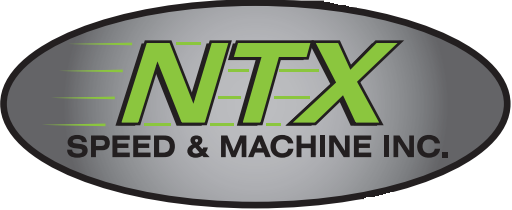What really happen when something in the engine fails?
When your engine starts to make a bad noise
Engine failure/damage can be caused by many things such as:
- Maintenance or the lack of.
- Engine used beyond limits
- Abuse
- Poor design or construction
- Just bad luck
In the picture the customer had a great running one owner truck that had about 120,000 miles with no issues. No knocking, burning oil, or really any major leaks. And, one day it just started knocking like someone turned on a switch. In his case it was probably due to bad luck.
The crankshaft had a fracture that grew over the 120,000 miles and finally became large enough to break the crankshaft just rear of the first rod journal. The break was at an angle and acted like a wedge between the #1 and #2 main journals. Being that the #1 journal is on the end of the block and the weakest it lost the battle. This allowed the crankshaft to expand and break off the 1st main cap. Amazingly enough the engine still ran it just had a pretty heavy knock.
The original cause ultimately could have been poor construction, but the fact that the engine lasted for so long without any signs of problems just files this one under "Bad Luck".
P.S. we did get him back on the road with a rebuilt long block.


